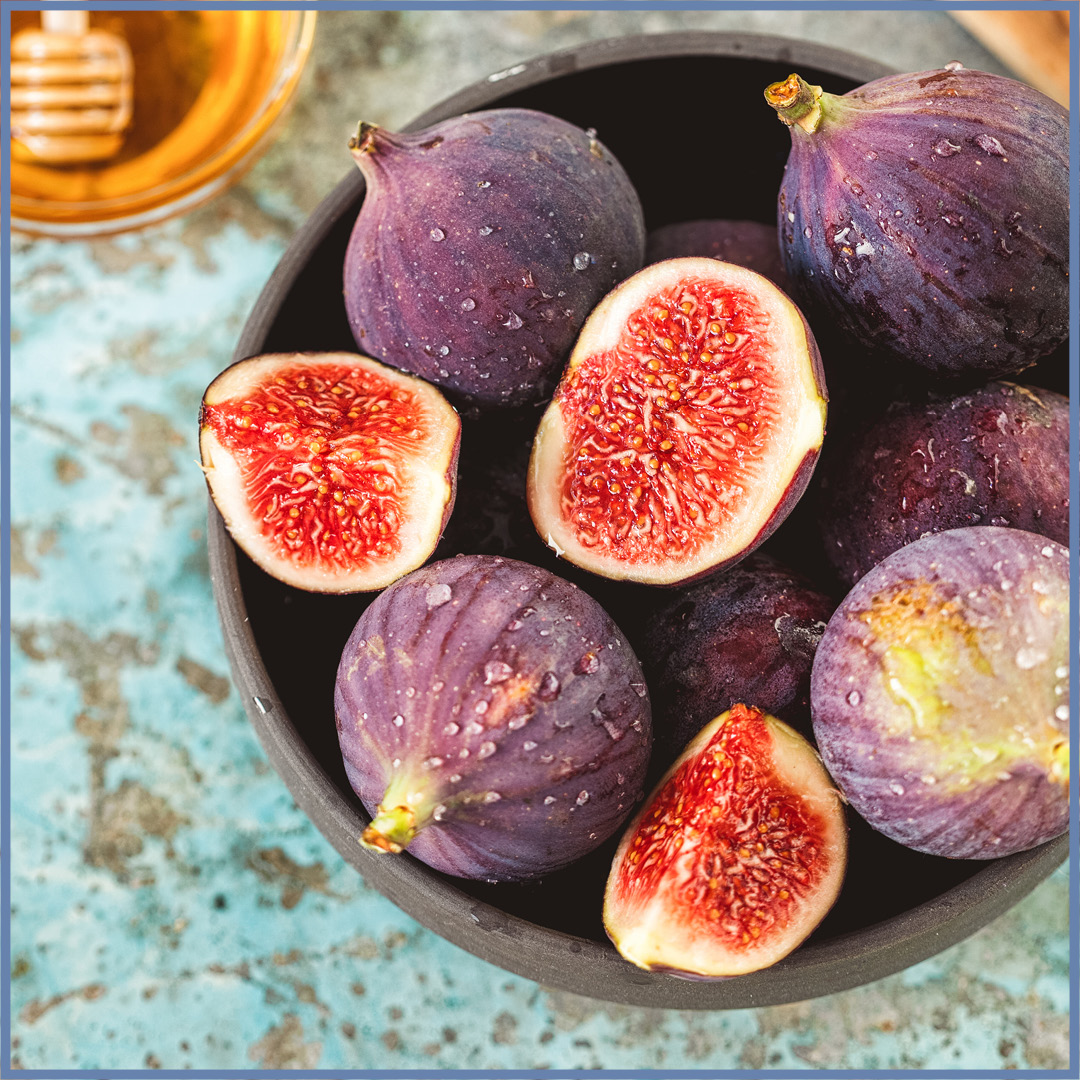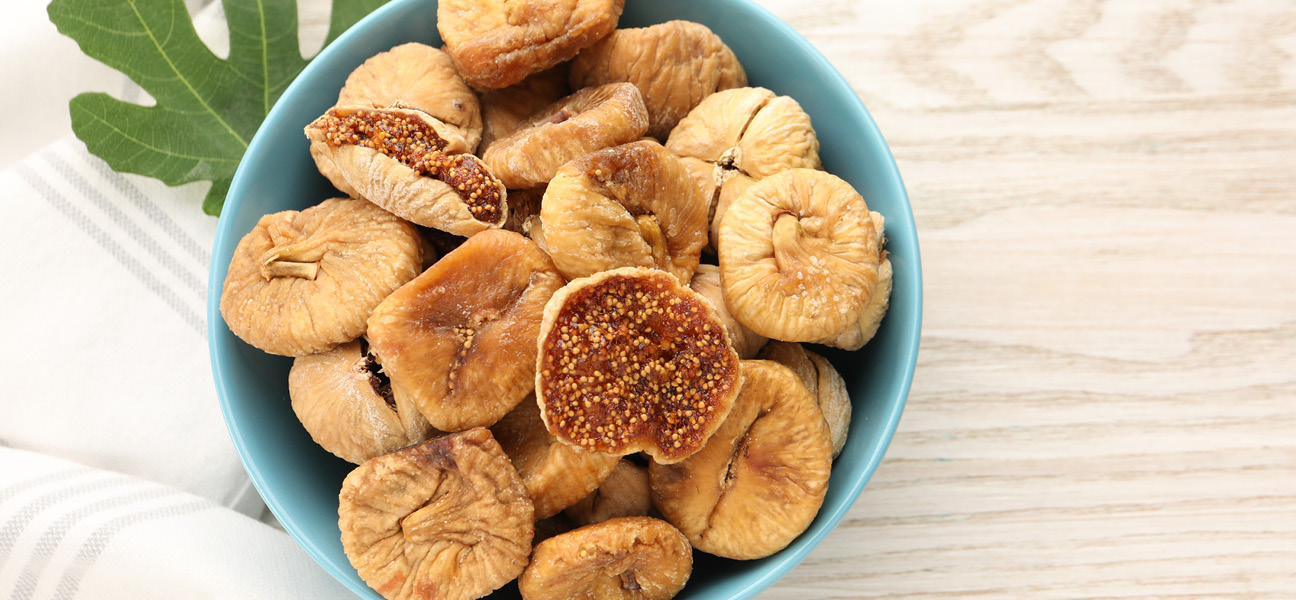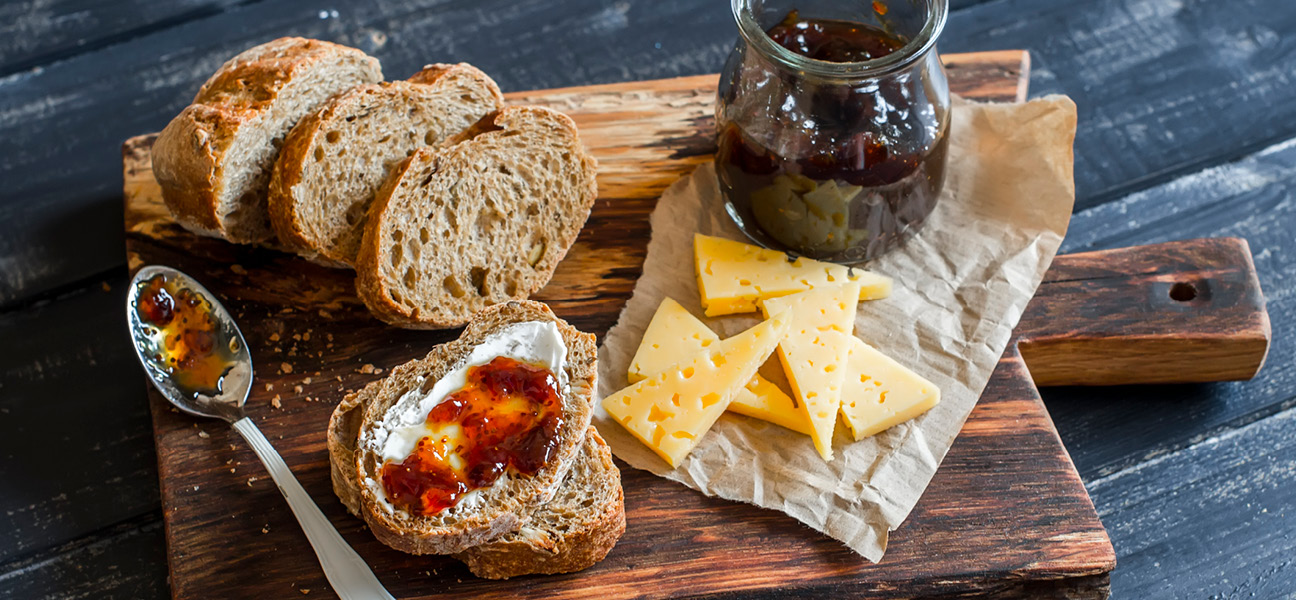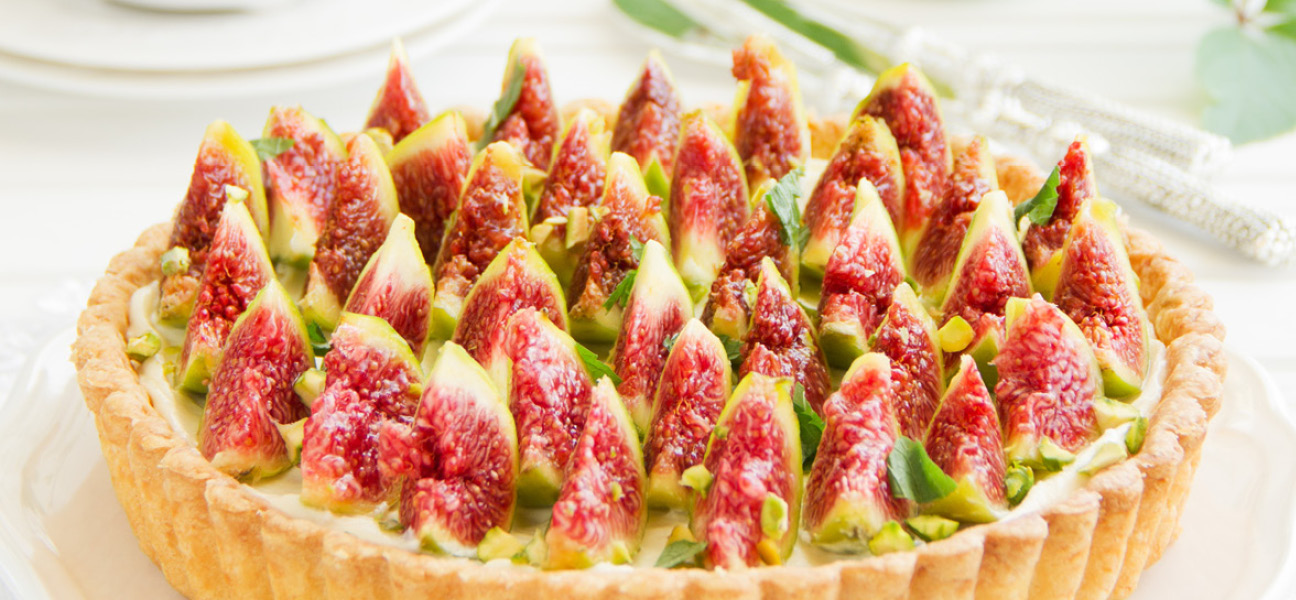The Five and Five of Figs

In season right into Autumn, figs are an exquisite fruit, prized by humans for thousands of years. Here are five things you might not know about figs, and five delicious ways to use them.
Five Facts about Figs
- Figs have been cultivated for over 3000 years and are native to the Mediterranean and parts of western and southern Asia. They were one of the first plants to be cultivated by humans, preceding the domestication of wheat by 1000 years.
- Ancient Greeks and Romans prized the fig and it appears in the writings of Aristotle and Cato the Elder.
- The ‘fruit’ of the fig is called the syconium and is actually comprised of thousands of tiny flowers, each of which bloom inside the cup-like structure and grow into tiny fruits, known as drupelets.
- While most varieties of fig are self-pollinating some require caprification, which is pollination by the Capri fig by means of a tiny wasp. The wasp lays its eggs in the Capri fig and as a result becomes covered in its pollen. When it visits other types of figs such as the Smyrna or San Pedro fig in the orchard, it pollinates them.
- Today figs are grown around the world in temperate, dry climates – in Australia the Riverland in South Australia provides the ideal conditions: warm and dry, but not too hot.







